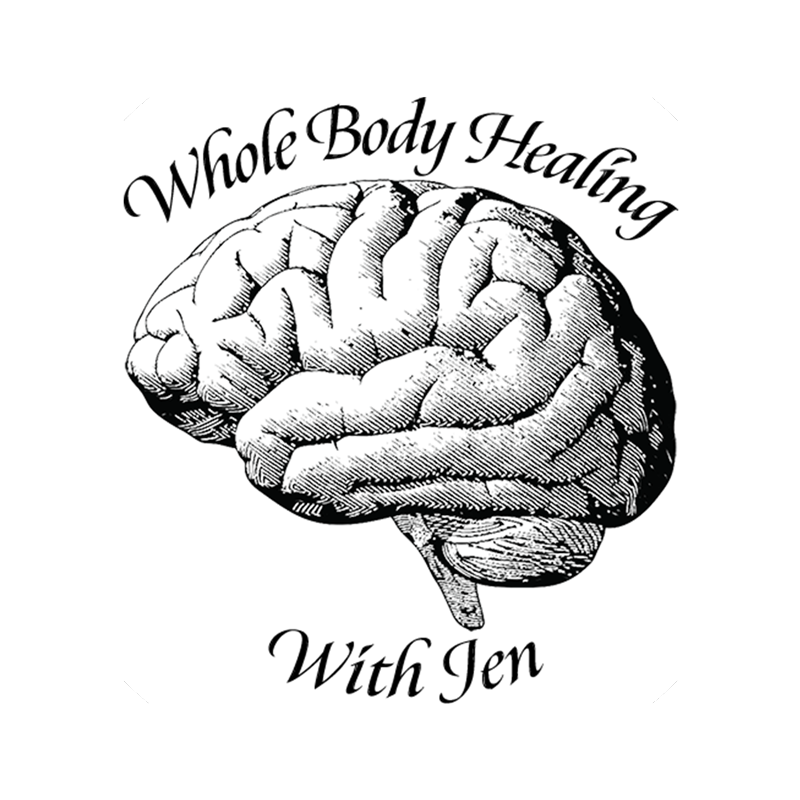Nourishing Traditions – The Legacy of Weston A. Price and the Power of Traditional Knowledge
Weston A. Price was a dentist who in the 1930’s set out on a quest to find the cause of tooth decay. This was a growing problem at the time in the western world. Eugenics had become popular in scientific thinking, and the prevailing theory was that the rise in tooth decay was a sign of increased genetic inferiority in the masses. But Dr. Price had a different theory: that tooth decay, and degenerative disease in general, was in direct relation to lifestyle and diet and could change from generation to generation.
So Dr. Price set out on a quest around the world, to document communities in different stages of transition into a westernized diet and lifestyle and correlate it to levels of tooth decay. He found many communities still living traditionally, and some that had just started transitioning into a westernized diet in the last generation or two. Sure enough, his suspicions were confirmed. People still eating their ancient, traditional diets had excellent dental health and low or virtually nonexistent rates of chronic disease. He documented how each generation exposed to the refined sugars, flours, and seed oils of a modern diet showed increased levels of “physical degeneration”. He used this term to explain that this was not a genetic phenomenon, because this pattern was seen cross culturally with no exception, even in ethnicities that were at the time believed to be “genetically inferior”. When eating traditional foods, excellent health was maintained, and when modern western foods were introduced, physical degeneration began to take its toll.
In addition to clearly documenting the correlation between dental (and overall) health and nutrition, Dr. Price examined the common factors in all traditional diets that seemed to promote best quality of life. Dr. Price documented traditional communities in many different environments, from Switzerland to the Great Plains, from East Africa to South America. He showed huge variance in traditional human diets, ranging from primarily carnivore to heavily plant based. As long as they were eating the traditional diet of their ancestors and heeding the nutritional wisdom of their elders, the people he studied seemed to thrive no matter where they fell on this spectrum. However, there were key factors in the diet that appeared to be universal, some of which astounded Dr. Price himself.
-All communities included some form of animal fat in their diet, whether from beef, lamb, fatty fish, full fat raw dairy, or bone marrow. Some communities ate 80% of their diet from animal fat, some as low as 30%, but all the communities he found included these foods in some amount. This ensured a high intake of fat soluble vitamins A, D, and K- especially vitamin A in animal form (retinyl palmitate). Dr. Price identified this as the “X” factor that was most highly correlated to good health in traditional people.
-All communities ate “nose to tail” when they consumed animal foods, meaning they consumed organs, gelatinous broths, and bones along with muscle meats. This ensured a balanced intake of all essential vitamins, minerals and amino acids, which may not be found in as high or bioavailable amounts in plant foods or muscle meat.
-All communities included “live” raw and probiotic foods in their diet. More plant based societies ate raw fruit and spring greens seasonally, and carnivore societies ate raw meat and/or dairy. Meat, vegetables, grains, legumes, and dairy were also consumed fermented much of the time. This ensured high concentration of probiotics and enzymes in the diet.
-When harder to digest plant material was a major part of the diet, extensive preparation methods were used, often taking days to prepare. Grains, legumes, nuts, seeds and starchy vegetables, which tend to contain higher levels of toxic and nutrient absorption blocking compounds than other plants, were extensively processed by soaking, sprouting, fermenting, and long, slow cooking times.
-Seafood, especially fish eggs, sea vegetables, unrefined mineral salts, and “hard” water were prioritized, even if it meant having to trade foods over long distances and travel through harsh environments to obtain. This ensured a high concentration of essential minerals in the diet, such as sodium, iodine, magnesium, zinc, selenium, boron, and countless others. He was even told by elders in an inland Native American community in the Sierra Nevadas that women’s fertility relied on their access to dried fish eggs traded with coastal communities.
As these foods were replaced with sugars, flours, and refined seed oils, health appeared to decline more with each generation. Rediscovering traditional nutritional wisdom is therefore an essential part of recovery from any chronic health condition. Amazingly, Dr. Price demonstrated that the effects of food also worked in reverse: he came back to the United States and spent years studying specimens of traditional foods that he had collected, identifying the key nutrients that appeared to be most essential for good health. His signature treatment when working with children with severe tooth decay was a proprietary blend of concentrated butter oil (specifically derived from cows eating spring pasture greens) and cod liver oil. This contained extremely high amounts of the “X” factor- animal sourced vitamin A- that he considered to be a key factor in the health of the traditional people he had studied. And sure enough- with the introduction of proper nutrients- he saw the damage in his client’s health begin to reverse. This showed that health could decline and improve within one generation, depending on the nutrients available to the body! Eugenics and an ideology of genetic destiny was disproven once and for all.
We owe a lot to Dr. Price, who was able to document an immense amount of knowledge in still isolated people, before globalization took over on a massive scale and many of these communities were changed forever. His observations show both the incredible variety of diets that can promote excellent health, as well as the necessary factors that traditional wisdom had discovered across diverse cultures.
Much of what Dr. Price learned is documented in the must read cookbook “Nourishing Traditions” by Sally Fallon and Mary Enig, who have taken it as their life’s work to spread his information into the modern Western consciousness. Although there are many excellent traditional cooking tips and recipe ideas in this book, it is really a treasure trove of fascinating side bar nutrition facts and observational anecdotes. Some of my favorites parts of the book are excerpts from Weston A. Price’s personal observations, when he describes the traditional diets of people he found to be in excellent health. Some of these examples show us how little we really understand about what comprises a “healthy diet”. They go against much of our modern nutritional guidelines, because they tend to follow one of the following patterns:
-High meat and animal fat consumption, low consumption of plant matter
-High consumption of starches (grains, legumes, root vegetables), moderate consumption of animal meats and fats
-High consumption of full fat, raw dairy products, in conjunction with either a low or high consumption of plant foods
While some of the communities he describes did consume some amount of fruits and vegetables, this was generally seasonal and not the focus of the diet. There were no vegan societies he found, although some were nearly vegetarian with high amounts of dairy and eggs consumed, and while he found diets that consumed both a high and a moderate amounts of animal fat in the diet, there were no societies that ate a diet low in animal fat.
Some of my favorite examples of communities he found in excellent health and the diets they ate are summarized below:
-This is actually from a doctor named Alexander Leaf, who visited communities known for high numbers of centenarians in the early 1970’s: the Abakhazia in Russia (in the Caucasus Mountains) ate a diet compromised of whole fat raw milk, animal meat, traditionally fermented bread, and mineral rich “silt” water which they also fertilized their wheat crops with.
-An island community on the Isle of Harris in Ireland who ate a diet of fermented oats, lobster, flat fish, and limited vegetables.
-The Masai in East Africa known for their strong bones, height, excellent teeth, and high athleticism, who ate (and many still eat) a diet of primarily whole fat raw milk, blood and meat from cattle.
-A community with high rates of centenarians in Soviet Georgia who ate a diet primarily of fatty meats, whole fat raw milk, some vegetable greens and fermented wines.
-An isolated village in Switzerland who ate a diet of primarily fermented rye bread and raw, full fat cheeses.
-The Hunza in the Himalaya Mountains who have high rates of centenarians and have a diet primarily of whole fat raw goat milk, vegetables and fruits they grow in terraced gardens (especially apricots), traditionally fermented wheat cakes, a small amount of goat meat, and mineral rich “silt” water from nearby glaciers.
Again, many of these examples go against what contemporary nutritionists would deem a “healthy diet”. However, they all contain high amounts of all the factors Dr. Price identified as essential for health: fat soluble vitamins in animal fats, fermented and raw foods, and high amounts of minerals. Reading these accounts reminds me to always be humble in my nutritional work- that we are in fact just scratching the surface of what types of nutrients humans truly need to thrive, and what can be varied based on culture, preference and environment. I urge everyone to open their mind, and continue to take in new (and old) information as it presents itself in this dynamic and complex world.


